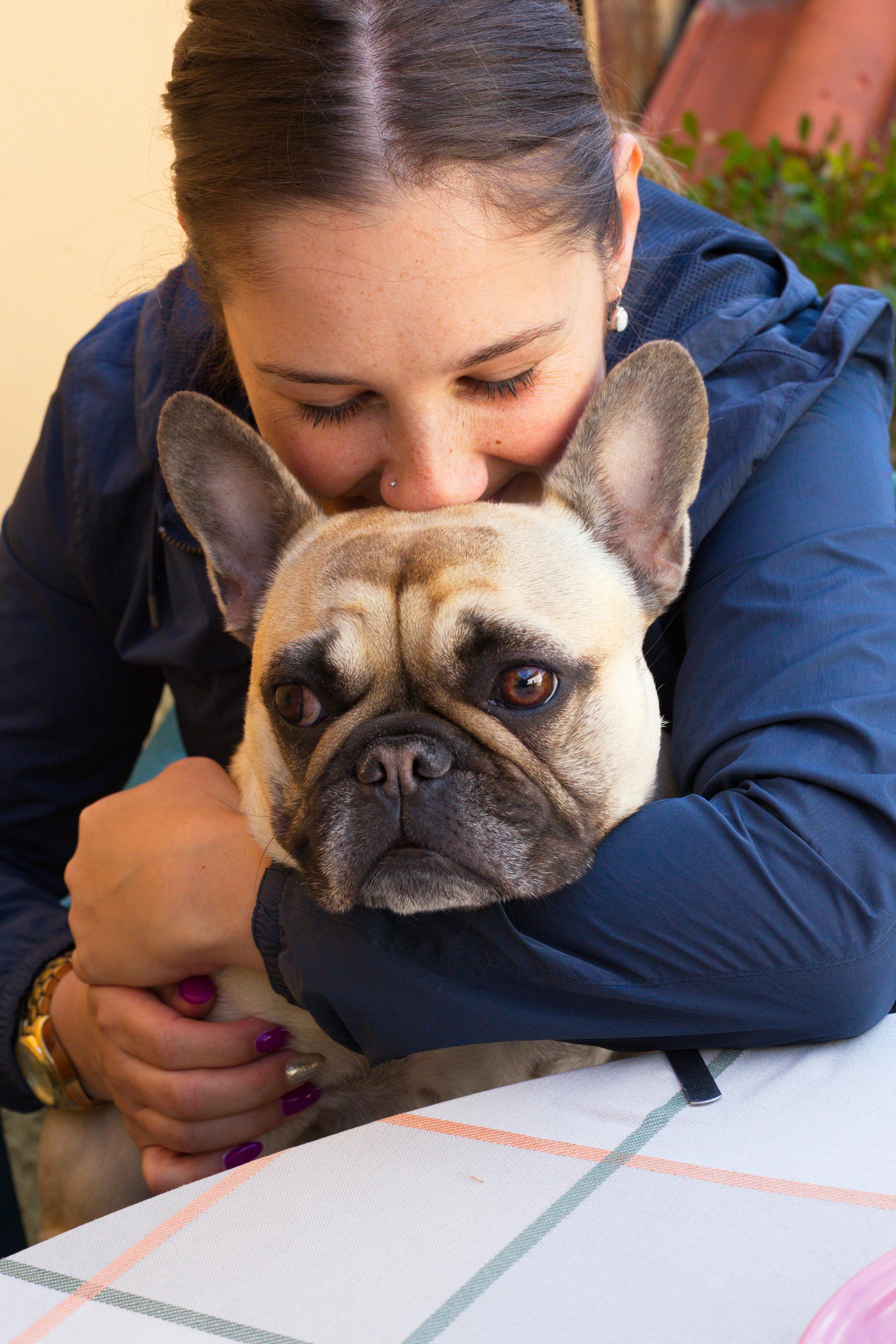
Effective Ways to Clean Your Mouse Pad in 2025
Cleaning your mouse pad is an essential yet often overlooked aspect of maintaining a comfortable and efficient workspace. As time goes on, the importance of hygiene and cleanliness has come to the forefront, especially in our tech-driven lives. A clean mouse pad not only enhances your mouse's tracking ability but can also prevent the buildup of bacteria and allergens, contributing to a healthier environment. Here, we explore effective methods and techniques on how to clean your mouse pad, discuss the various types and materials, and provide simple remedies to tackle dirty mouse pad issues.
In this article, we'll guide you through proven mouse pad cleaning methods that cater to different materials. We will share tips for maintenance and offer comprehensive instructions for both fabric and plastic mouse pads. Additionally, we’ll address common cleaning mistakes and provide eco-friendly options that ensure your cleaning efforts are efficient and responsible.
By the end of this guide, you will not only understand the best way to clean your mouse pad but also appreciate its significance in your overall workspace hygiene. Let’s dive in and discover the best practices!
Understanding Mouse Pad Materials and Their Cleaning Needs
Before embarking on the clean, it’s essential to familiarize yourself with the various types of mouse pads and their specific cleaning requirements. Different materials can have varying levels of durability, absorbency, and overall maintenance needed.
Types of Mouse Pads and Their Characteristics
Mouse pads primarily come in three materials: fabric, plastic, and rubber. Each type has its unique properties. Fabric mouse pads, often used for their soft touch and ease of use, can absorb oils and grime more than their plastic counterparts. They require frequent cleaning to maintain their performance and appearance.
On the other hand, plastic mouse pads are typically easier to clean but may show scratches over time, requiring a more careful approach. Rubber mouse pads, often seen in gaming setups, provide great grip but can gather dirt. Understanding the specific needs is vital for effective mouse pad maintenance.
Common Cleaning Challenges Based on Mouse Pad Types
Cleaning challenges can vary significantly with different mouse pads. Fabric mouse pads may suffer from stubborn stains and odors, while plastic pads can exhibit scratches that accumulate dirt over time. Additionally, the way you choose to clean — whether washing by hand or in a machine — can also impact your mouse pad's longevity and performance. Acknowledging these challenges will help you choose the right cleaning methods.
Choosing the Right Cleaning Supplies
Before you start cleaning your mouse pad, it's important to gather the right mouse pad cleaning supplies. For fabric mouse pads, microfiber cloths, mild detergent, and water will work wonders. For plastic versions, consider using a small amount of vinegar or an eco-friendly cleaner designed specifically for plastics. Avoid strong solvents or abrasive cleaners that can damage your mouse pad over time.
Step-by-Step Guide to Cleaning Your Mouse Pad
Now that we understand the materials and their specific cleaning needs, let’s dive into a step-by-step guide to tackle the cleaning process effectively.
Washing Fabric Mouse Pads: A Detailed Approach
To clean a fabric mouse pad, start by shaking it gently to get rid of any loose dirt or debris. Fill a basin with warm water and add a small amount of mild detergent. Gently scrub the mouse pad with a soft brush, making sure to pay attention to any stained spots. Rinse it thoroughly under cold water until all soap is removed to avoid residue buildup. Lay it flat to dry, ensuring it’s fully dry before reusing it.
Cleaning Plastic Mouse Pads: Effective Techniques
For plastic mouse pads, your approach should be different. Start with a damp cloth and a few drops of a mild cleaning solution. Wipe the surface gently, ensuring not to leave any moisture that might seep into the edges. Rinse with a clean, damp cloth and dry it carefully with a soft towel. This helps maintain the surface quality without damaging the material.
Regular Mouse Pad Cleaning Frequency: How Often Is Enough?
To maintain a hygienic setup, aim to clean your mouse pad at least once every month. However, if you notice increased dirt or odor, increase the cleaning frequency. Keeping up with regular mouse pad cleaning not only enhances its lifespan but also contributes positively to your overall workspace productivity.
Advanced Mouse Pad Care and Maintenance Techniques
While the basic cleaning routines are effective, taking steps towards advanced care could save you time and provide an even cleaner workspace. Here, we explore the best mouse pad maintenance practices.
Deep Cleaning Methods for Stubborn Stains
For those tough, old stains, consider soaking your mouse pad in a mixture of half water and half white vinegar for 30 minutes. Then, use a soft brush to scrub the stain gently. Rinse well and let it dry naturally. This approach not only removes stains but can also eliminate odors that accumulate over time.
Disinfecting Your Mouse Pad: Why It Matters
Disinfecting your mouse pad can significantly reduce bacterial growth. After cleaning, spray a light mist of disinfectant spray (make sure it’s suitable for the material) on the surface and wipe with a soft cloth. This added step is especially crucial during flu season or after shared use, ensuring your pad remains a safe and clean environment.
Preventing Dirt and Keeping It Fresh
Preventive measures can greatly reduce cleaning frequency. Consider using coasters for drinks, keeping food away from your workspace, and regularly dusting off surfaces. Storing your mouse pad in a clean area can also help maintain its freshness.
Mouse Pad Cleaning Mistakes to Avoid
Cleaning is only effective when executed properly. Understanding common mistakes is crucial for preserving your mouse pad’s longevity and efficiency. Let’s take a look at what to avoid.
Avoiding Harsh Chemicals
One of the biggest mistakes is using harsh chemicals that can damage the material. Stick to gentle cleaners and solutions specifically designed for mouse pad maintenance to avoid degrading the surface.
Skipping Regular Maintenance
Neglecting to clean your mouse pad regularly can lead to long-term damage and dirt buildup, making it harder to restore. Setting a regular cleaning schedule will ensure your pad remains in top shape.
Drying Techniques: What Not to Do
Never put your mouse pad in the dryer or expose it to direct sunlight for prolonged periods as this can warp the material. Always lay it flat to air dry in a cool, shaded area.
Q&A Section: Common Mouse Pad Cleaning Questions
1. How often should I clean my mouse pad?
Cleaning your mouse pad once every month is generally recommended, but if you notice it becoming dirty or smelly, increase the frequency.
2. Can I machine wash my mouse pad?
Many fabric mouse pads are machine washable, but it's critical to always check the manufacturer's instructions before washing.
3. Why is it important to keep a mouse pad clean?
A clean mouse pad can improve your mouse's tracking accuracy and reduce allergens and bacteria, contributing positively to your health and workspace efficiency.
4. What is the best way to remove stains from a mouse pad?
For stubborn stains, using a vinegar solution and a soft brush while soaking can effectively remove tough marks while maintaining the pad's integrity.
5. Can I clean my mouse pad without soap?
Yes! Vinegar and water can be excellent alternatives to soap when cleaning your mouse pad, especially for those with sensitive materials.

 Its part of generated content. Can I generate another part?
Its part of generated content. Can I generate another part?